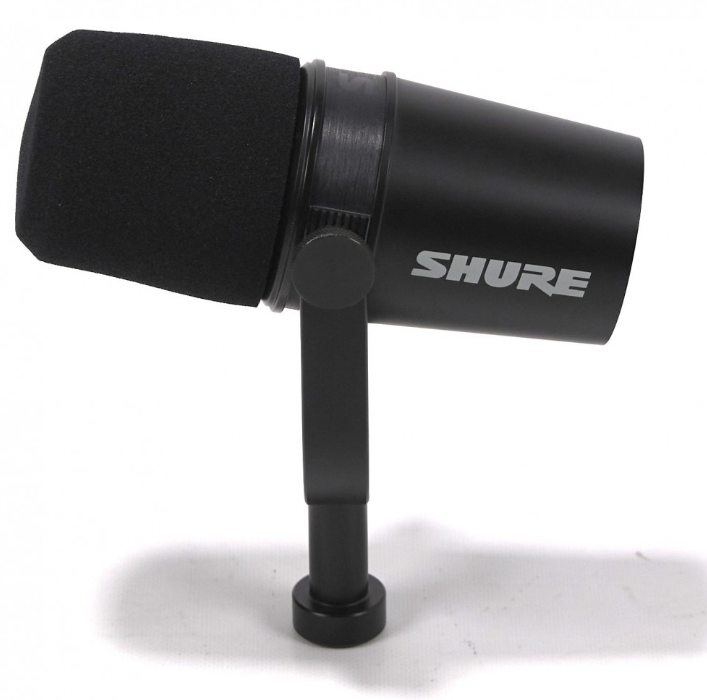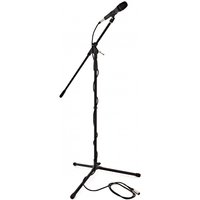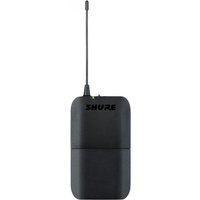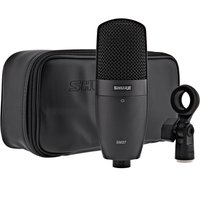Every wondred which is the best microphone type for podcasting? Podcasting has become a powerful medium for storytelling, sharing insights, and connecting with audiences worldwide. One key element to producing a high-quality podcast is the choice of microphone. But with so many options available, it can be daunting to select the right one. In this blog post, we’ll explore the best microphone types for podcasting, considering various needs and setups.

1. Understanding Microphone Types
Before diving into specific models of best microphone type for podcasting, it’s essential to understand the two primary types of microphones used in podcasting: Condenser and Dynamic.
Condenser Microphones
- Sensitivity: They are sensitive and capture more detail, ideal for studio settings.
- Sound Quality: Offers a broader frequency range and better transient response.
- Use Case: Best in controlled environments without much background noise.
- Power Source: Requires phantom power, typically supplied by audio interfaces or mixers.
Dynamic Microphones
- Durability: More rugged and less sensitive to moisture and temperature changes.
- Sound Capture: Less sensitive to sound pressure levels, making them ideal for loud sources.
- Background Noise: Better at rejecting background noise, suitable for less controlled environments.
- Power Source: Does not require external power.
2. Top Picks for best Podcasting Microphones Types
- Begginers – Audio-Technica AT2035
- Middle of road – Rode NT-USB
- Best professional – Shure SM7B
a) For Beginners: USB Microphones
- Example Models: Blue Yeti, Audio-Technica AT2020USB+
- Pros: Easy to use, no need for an external audio interface.
- Cons: Generally, offer less control over sound than XLR microphones.
b) For Intermediate Podcasters: XLR Dynamic Microphones
- Example Models: Shure SM7B, Rode PodMic
- Pros: Excellent sound quality, durable, and great at noise rejection.
- Cons: Requires an audio interface or mixer, more expensive setup overall.
c) For Professional Studios: XLR Condenser Microphones
- Example Models: Neumann TLM 102, AKG C414
- Pros: Superior sound quality, captures nuances of the voice.
- Cons: Picks up background noise, needs a quiet environment, more expensive.
3. Other Factors to Consider
a) Polar Patterns
- Cardioid: Captures sound from the front, ideal for podcasting.
- Omnidirectional: Captures sound from all directions, used for group recordings.
- Bi-directional: Captures front and back, good for two-person podcasts.
b) Connectivity
- USB vs. XLR: USB for simplicity and direct computer connection; XLR for higher quality and more professional setups.
c) Accessories
- Pop Filters: Reduce plosive sounds.
- Shock Mounts: Minimize vibrations and handling noise.
- Boom Arms/Stands: Provide flexibility in microphone positioning.
4. Budget Considerations
The cost can vary widely:
- Entry-Level: $50 – $150, suitable for beginners or hobbyists.
- Mid-Range: $150 – $300, offering a balance between quality and affordability.
- High-End: $300 and above, for professional quality sound.
5. Conclusion
Choosing the right microphone for your podcast depends on your level of experience, the environment you’ll be recording in, and your budget. For beginners, a USB microphone offers a great starting point. Intermediate podcasters might prefer the sound quality and durability of an XLR dynamic microphone. Professional studios often lean towards high-end XLR condenser microphones for the best sound capture.
Remember, the best microphone is the one that fits your specific needs and helps you connect with your audience effectively. Happy podcasting!
CHECK PRICES AT ZZOUNDS



